Buying a dream home is like stepping into a rare and weighty adventure, one that doesn't come around often in life. And making a mistake in this journey can cost a pretty penny. Remember how you forget a bad cup of coffee by evening? Well, a misstep in the world sticks longer and could be way costlier. So, let's focus on giving potential customers a smoother ride, using a real estate customer journey map in real estate as well-oiled gear.
Contents
- 1 Why craft a customer journey map in real estate?
- 2 Ready to build a customer journey map in real estate? Do research!
- 3 Personas for a customer journey map in real estate
- 4 Customer journey map in real estate’s skeleton
- 5 Filling out the customer journey map in real estate
- 6 Home buyer journey: Wrapping up
Why craft a customer journey map in real estate?
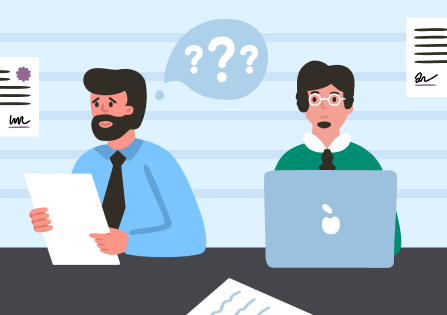
Real estate customer experience matters for a bunch of good reasons. To begin with, it directly impacts customer satisfaction and their level of engagement. When people have a good time with you, they're more likely to tell others about it and come back themselves.
For example, if you walk into an agency to inquire about home options and instead of discussing what's available, they attempt to push a contract on you, binding you to exclusively collaborate with them, it's definitely not the kind of customer experience you'd want to relive.
Next, having a really great customer experience helps you stand out in a crowd. Imagine you're in a big race, and by giving awesome service and making things personal, you get a head start. For instance, some real estate agents offer more or less suitable options, while others first inquire about their customers' preferences and pre-filter choices, ensuring their clients see only the ones that match perfectly. After all, wasting time or falling in love with an apartment, only to later discover it doesn't allow pets, can be disheartening.
Also, when clients have a happy experience, it builds up your reputation and contributes to the good reputation of the real estate agency where you work. Happy homebuyers often leave nice reviews and talk about you positively, which makes other people trust you, too.
And here's the coolest part—the customer experience stuff can actually boost how much money you make. When folks are happy with what you do, they're okay with paying a little more for the good service, which means more property sales.
So, focusing on making the real estate customer experience great fosters success in the long run, leads to more growth and profit, and lots of loyal customers who keep coming back.
For instance, within each step of your home buyer journey, there's a specific set of interactions, emotions, thoughts, and conclusions—all of which contribute to the overall customer experience. But when viewed as a whole, it's challenging to discern the nuances and transitions. That's why it's crucial to take a closer look at individual points along the home buyer journey.
Now, let's break down the real estate customer journey mapping process using the example of a young person who moved to another country for work and decided to settle and now wants to buy their own home.
Ready to build a customer journey map in real estate? Do research!

We're all set, and our hero is fictional, but if you're in the real estate business, you'll need to put in some effort first to gather relevant info about your customer base—their behaviors, buying habits, communication channels, past experience, and more.
So, what should you do before building a customer journey map in real estate?
- Customer interviews. Talk to your customers directly. Ask about their experience in the real estate sector, challenges, and preferences when it comes to buying or selling a home.
- Surveys. Create and spread surveys to gather information from a larger group of customers. Ask about their interactions with your or similar business, what challenges they face, what things they pay attention to when choosing a real estate business, and so on.
- Online analytics. Use web analytics tools like Google Analytics and Mixpanel to monitor interactions on your real estate website. Analyze Website traffic sources, social media engagement, and reviews on real estate websites to better understand your customers’ behavior.
- Past transactions. Review past real estate sales to identify patterns in customer behavior, preferences, and pain points.
- Feedback forms. Ask customers for feedback after communicating with you to gain insights into their satisfaction levels and areas for improvement.
- Competitor analysis. Study your competitors within the industry to understand what they're doing well and where you can differentiate yourself.
- Focus groups. Organize customer focus groups to discuss their real estate experience and gather qualitative insights.
- Third-party data. Take advantage of housing market research, demographic data, digital marketing insights, and real estate industry reports supplementing your understanding of customer preferences.
- Observations. Observe customers in action, either physically or online, to see how they interact with your services. Maybe do some task analysis.
- Feedback from employees. Gather insights from your sales and customer service teams, as they often have valuable frontline perspectives on a real estate customer journey.
- CRM and customer data. Leverage your CRM system (like Wise Agent, LionDesk, or Realvolve) to access customer interactions and preferences data.
By merging these techniques, you can develop a well-rounded home buyer journey map in real estate.
Personas for a customer journey map in real estate

Let's imagine that we have all the information at our fingertips, and you've gone through the Persona creation guide (or not, that’s fine). To identify our persona(s), let’s go with behavioral segmentation because we're not just setting up online advertisements—we want to dive deeper into understanding our customer experience.
After considering all the attributes, we discovered a persona we'll call the "Foreign settler." Imagine this person as a foreigner, unfamiliar with the local market's intricacies but eager to establish a long-term life in a new country.
This individual boasts an above-average income and places high value on comfort and well-developed infrastructure. A convenient commute from home to work is essential for him. There might also be a language barrier to contend with.
If you decide to create a persona in UXPressia’s Persona creation tool, it will guide you on what other details you can highlight in your persona's profile. For instance, the channels through which you can reach them, the technologies they're familiar with, the skills they possess, and other things that might impact their interaction with your business.
Here's the persona profile we've come up with for this particular journey:
Using this information as our starting point, we will embark on crafting a homebuying journey map in real estate.
Customer journey map in real estate’s skeleton

To begin, it's crucial to accurately identify your journey map stages and understand which sections you'll be filling in for each of these stages. These stages and sections will serve as the framework for your journey map. Each one will include important information for understanding the individual's experience at this or that stage.
Let's explore the typical stages for someone who doesn't have the full amount to buy a house outright and will be getting a mortgage:
- Mortgage pre-approval;
- Before buying;
- Buying.
A bit too broad. Let's dive a little deeper into the second and third stages.
For instance, the "Before buying" stage will encompass some substages:
- Deciding on the location;
- Researching options;
- Hiring an agent;
- Finding a home;
- Making an offer.
And the “Buying” stage will be divided into:
- Sale contract draft;
- Finalizing the mortgage;
- Signing the contract.
As for sections of a customer journey map in real estate, we're going to follow our persona's actions at each stage and substage of their customer journeys. We'll look at their homeownership goals, add quotes reflecting their thoughts and feelings, the communication channels they prefer, problems they encounter, and suggestions to incorporate into our strategy and real estate marketing activities.
You're absolutely welcome to unleash your creativity and explore various aspects of the journey. For instance, you can incorporate infographics to enhance the visual side of your artifact, add journey-specific touchpoints, upload relevant documents, identify interactions between different journey participants, and so forth.
Filling out the customer journey map in real estate
What's next after the skeleton of the map is ready? It's time to move on to filling it out.
Stage 1. Mortgage pre-approval
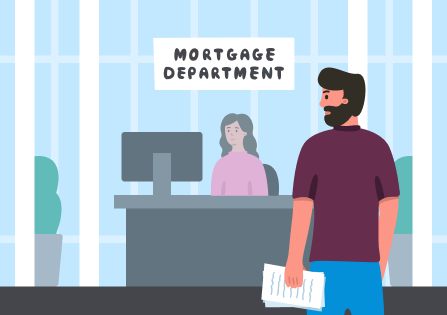
During the “Mortgage Pre-Approval” stage, the persona, André, begins by gathering detailed financial information like income, expenses, credit score, and work history to share with the mortgage lender. They then submit a mortgage application along with the necessary documents to the lender.
The lender assesses the persona's creditworthiness through a credit check, which helps determine the interest rate they qualify for. If André's application is approved, they receive a pre-approval letter that specifies the loan amount they're eligible for. This pre-approval letter becomes a nice asset when André’s ready to make an offer.
With the pre-approval amount determined, André can plan their budget and go on the journey of searching for properties that fall within their price range.
However, there can be challenges and problems that the persona might face during this stage of a real estate customer journey:
- A low credit score or negative credit history affects their eligibility for a favorable mortgage.
- Gathering and providing the necessary financial documentation can be time-consuming and sometimes overwhelming.
- Delays in the approval process could affect the persona's timeline for making an offer.
At this stage, André hasn't even reached out to any real estate companies yet. But here's where you can already make their customer experience smoother.
- You can utilize your website to showcase stories of other customers who successfully went through the mortgage pre-approval process, giving a sense of encouragement and relatability.
- You could also arrange online or in-person workshops covering important topics like budgeting, deciphering mortgage terms, and making well-informed financial choices.
- Create a checklist of the required documents and share it on your social media platforms, helping André gather and submit the necessary paperwork promptly.
By doing this, you will enhance your customer journeys right from the beginning, building a positive connection before they even officially engage with your real estate company. And make sure they will seek your assistance later, remembering how your information helped them here.
Stage 2. Before buying
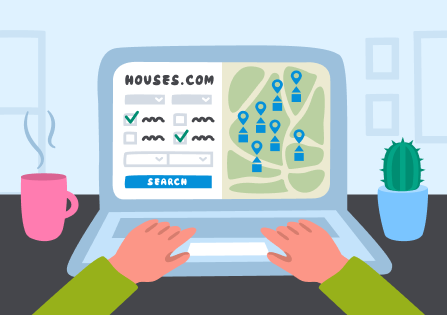
André evaluates various factors, such as proximity to work, schools, amenities, and overall neighborhood vibe, to determine the ideal location for their new home. Then they delve into real estate listings, and online platforms and maybe even visit open houses to explore the variety of properties available within their chosen location.
Not everyone succeeds in finding something on their own. That's when André engages a real estate agent. They do this to tap into the agent's expertise, get access to special house listings, and receive helpful guidance every step of the way. With the help of the real estate agent, André narrows down options and conducts property visits to identify a potential match that meets their requirements and preferences.
Once a suitable home is found, André works with their agent to formulate and submit an offer, which may involve negotiations with the seller.
Sounds smooth? Wait for it. Here are some obstacles that may arise during this stage, and you certainly should include them in your home buyer journey map in real estate:
- The persona might struggle with selecting the right location that balances convenience, lifestyle, and budget.
- André can feel overwhelmed by the vast array of home choices and may struggle to differentiate between them.
- Finding the right agent who understands their needs and preferences can be challenging. And there's a chance that the agent might not be able to accomplish the task.
- If competing with other home buyers, the persona's offers could be rejected, leading to disappointment and prolonged search times.
On your end:
- You can provide personalized consultations to assist André in narrowing down their preferred locations and home choices.
- You can also pair the persona with a knowledgeable agent who grasps their requirements, streamlining the process.
- Offering virtual house tours can help save time and effort during the home hunt.
- By arming André with negotiation tactics, you enhance their offer and boost the likelihood of a successful outcome.
And then, together, you can move on to the next step.
Stage 3. Buying
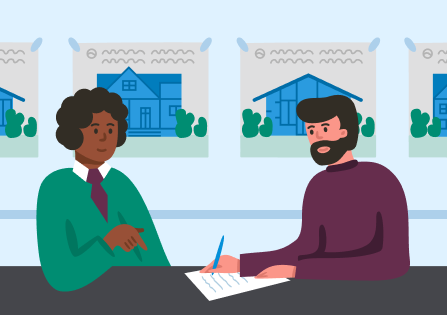
Here, André, often with the assistance of their agent and legal counsel, reviews and drafts the sale contract detailing the terms and conditions of the purchase. André works with the lender to complete the mortgage application process, ensuring all necessary documentation is submitted for final approval. Once the sale contract is agreed upon, André signs the contract, solidifying the commitment to purchase the home.
Happy end?
That would be great, but here's what could happen before:
- André might find the sale contract's legal terminology confusing or overwhelming and spend much time trying to get through it.
- Delays in finalizing the property mortgage or securing funds could lead to delays in the overall process.
- Unexpected problems or damages were discovered during the home inspection, leading to negotiations or even reconsideration of the property purchase.
- The seller could make changes in the home-buying contract or requests during the final stages, causing uncertainties and potential delays.
- Unforeseen costs, such as additional home repairs or fees, could arise during the finalization process.
But any problems you specify in your home buying journey map in real estate can be anticipated and addressed proactively or fixed:
- Provide your customers with the opportunity to communicate with legal professionals who can review and explain the contract, ensuring the individual's understanding and comfort.
- Offer expert help throughout the signing process, addressing any questions or concerns.
- Maintain open communication with the persona, keeping them informed about progress and addressing potential delays promptly.
- Assist in negotiating repairs or concessions with the seller based on inspection findings.
- Educate the persona about potential hidden costs and fees associated with house purchases.
A customer journey map in real estate: end-result
Bringing all the information together, we end up with a map like this:
And you can be sure that yours will be even cooler and way more actionable since it will be based on research.
Home buyer journey: Wrapping up
In the real estate industry, amazing customer experience is not just a transactional milestone; it's the art of turning dreams into reality. This article has spotlighted the transformative power of seamless customer journeys, where every interaction, decision, and solution becomes a brushstroke on the canvas of satisfaction.
Amidst the landscape of choices, a remarkable customer experience stands as the compass guiding real estate companies toward lasting success. It's a symphony of understanding, guidance, and support that not only shapes transactions but also forges lifelong relationships, where each stage is a chapter in a person's pursuit of a new home or property.
So don’t hesitate to try the methodology, improve customer experience in real estate and, thus, your business operations.
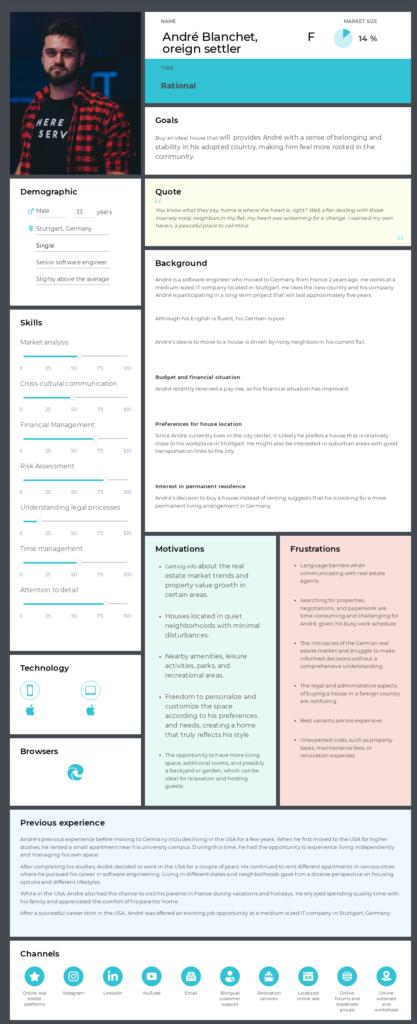
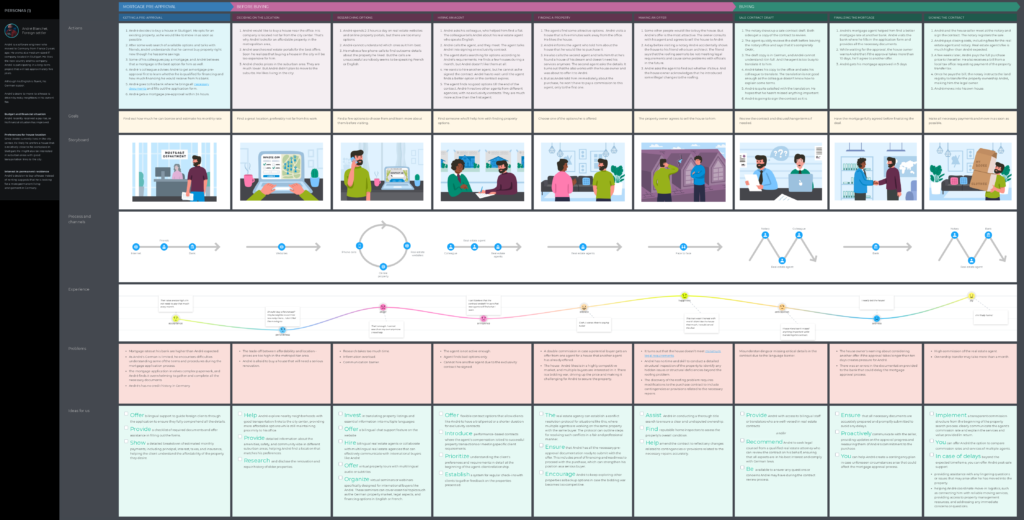


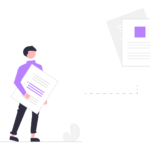



This article hits home (yeah :)) for anyone in the real estane business! Thanks for a customer journey map in real estate example. Can’t wait to try the methodology myself.